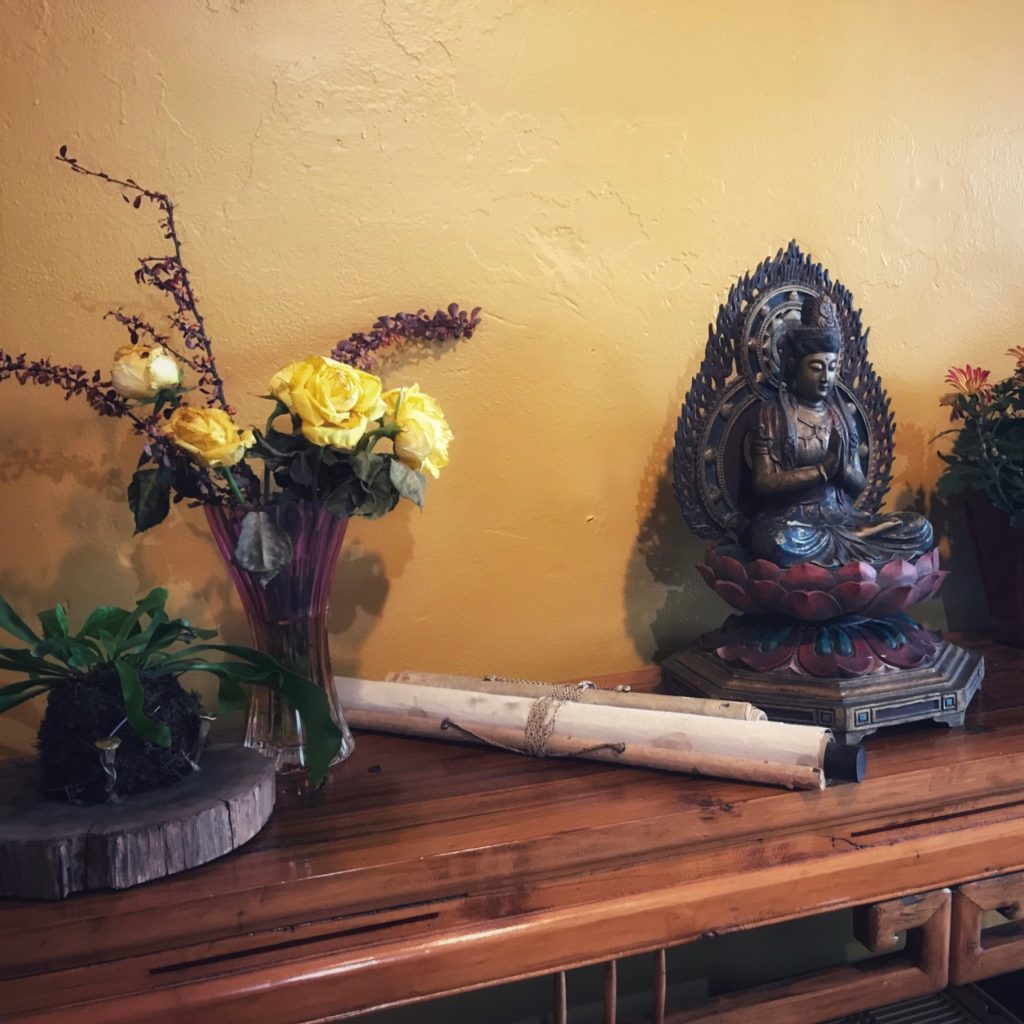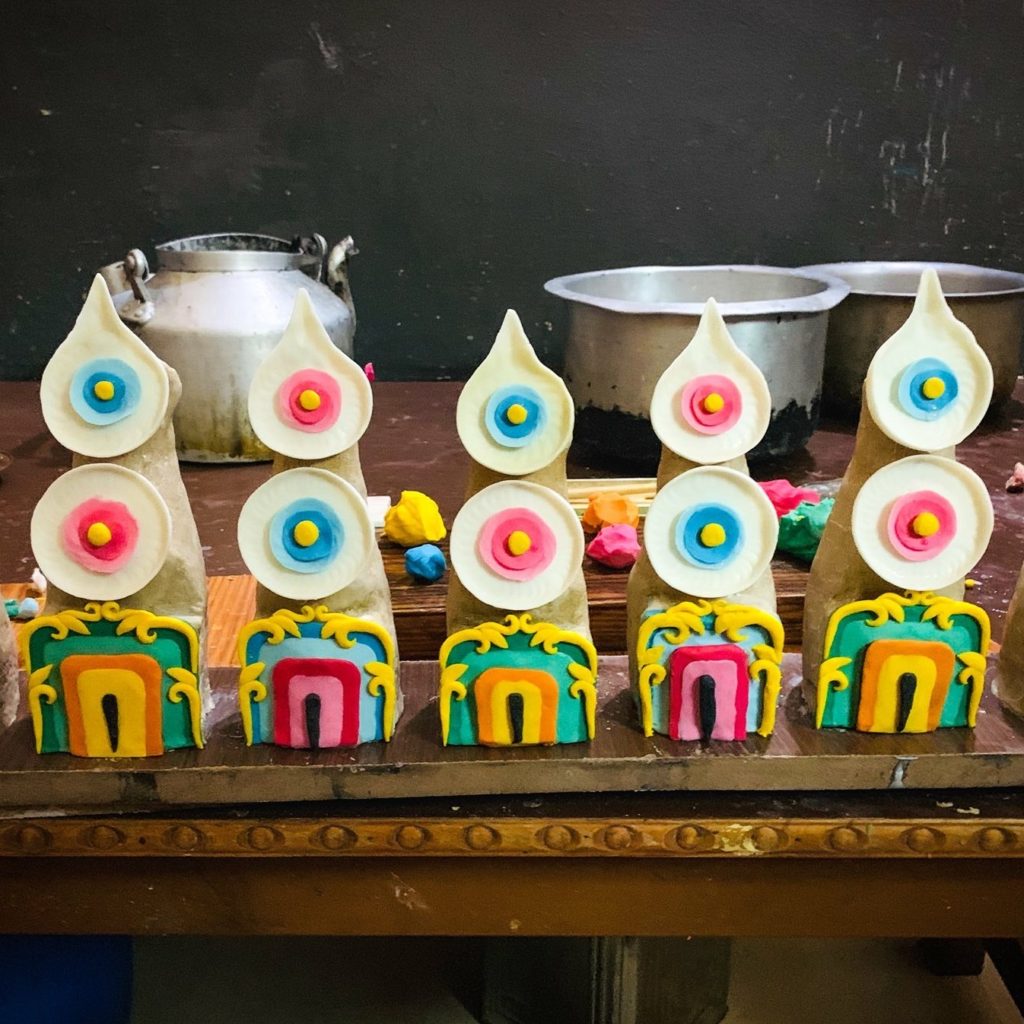
At first, one should seek extensive listening.
In the middle, reflect on all the texts so that they become advice,
Finally, one should practice day and night.
All this should be dedicated to the flourish of the Buddha’s teaching.
-Jé Tsongkhapa, founder of Gelukpa Lineage (1357-1419)
Of the three primary tools for acquiring levels of wisdom that lead to complete awakening, the wisdom that arises from “cultivating” (Sanskrit: bhāvanā, Tibetan: gompa སྒོམ་པ་ and Chinese: xiu 修) is that which will finally dispel all confusions that prevent us from being free. Bhāvanā—often translated as “practice”—was in the Buddha’s time primarily an agricultural term with the meaning of “to cultivate.” Just as a farmer patiently and attentively cultivates a field, a seeker of freedom has to cultivate or develop the qualities of heart/mind that dispel basic confusion (Sanskrit: avidyã, Tibetan: marikpa མ་རིག་པ་, Chinese: wuming 無明) and the myriad afflictive emotions that arise from basic confusion.
Dr. Lye shares with us here a number of core Buddhist methods of cultivation that he personally finds to be most helpful. They are divided into 1) common practices, 2) mindfulness, 3) mind-training, and 4) vajrayana methods. Anyone with an openness of heart and sincerity of intent can do any of the practices shared here. But when the opportunity arises for one to connect to them through a teacher who holds the power and blessings of the lineage, then one should do so and request the “reading-transmission” (Sanskrit: āgama, Tibetan: lung ལུང་) for them.
Selected guided meditations that include the practice of settling the mind (shamatha), cultivating positive qualities such as kindness and compassion, mindfulness and insight practices, and traditional Tibetan Buddhist deity-yoga sadhanas.
Recitations and contemplations most commonly used on a daily and occasional basis for shaping and transforming our attitudes.
Practices for turning our self-centered and self-destructive attitude into the altruistic mind/heart (bodhicitta) that is a “wish-fulfilling jewel.”
Methods for actualizing buddhanature via embodying the physical, verbal & mental qualities of specific buddha forms.
Credits: (1) Könchok Yedor Personal Archive (2) Könchok Yedor Personal Archive (3) Könchok Yedor Personal Archive (4) Japanese Landscape. Unknown source. (5) Könchok Yedor Personal Archive




